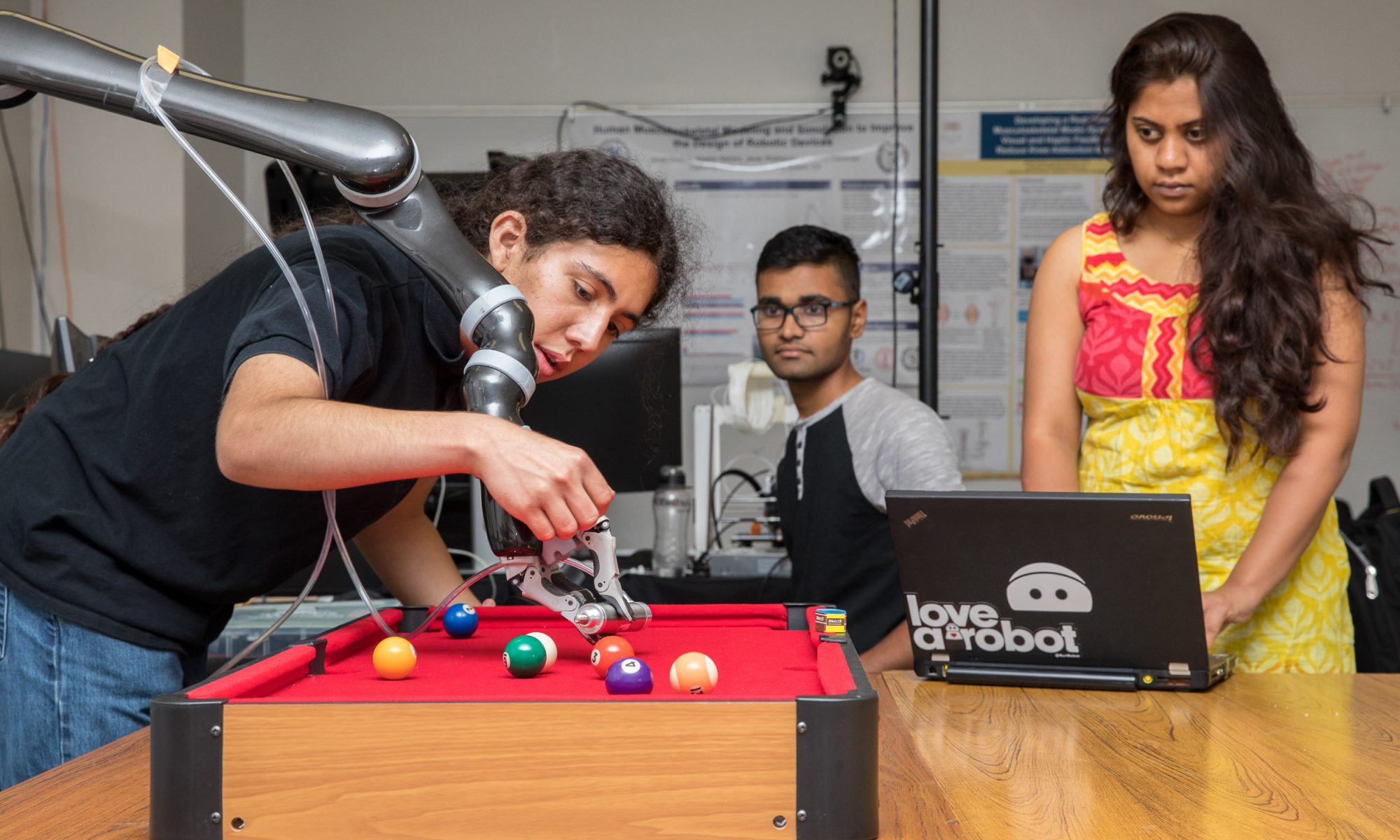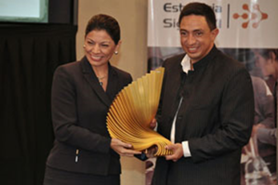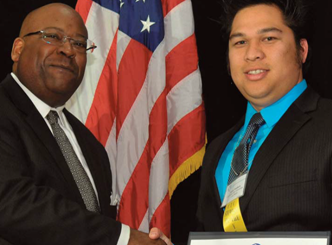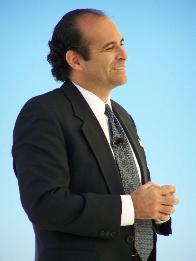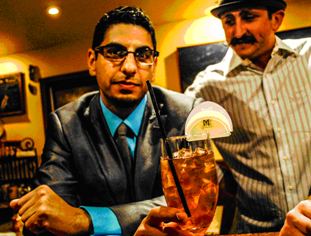By Todd Howard
Juan Chaves (MS in Electrical Engineering, 2009) is the recipient of Costa Rica’s two highest technology honors—the Jorge Manuel Dengo Award from the organization Strategy XXI Century, and the Clodomiro Picado Twight Technology Award from the Ministry of Science and Technology. He was presented with both awards by Costa Rican President Laura Chinchilla.
Chaves serves as the director of the Nanotechnology Laboratory at the Instituto Technologico de Costa Rica, which is the nation’s leading university of engineering and science. His laboratory is the most advanced and well-funded nanotechnology laboratory in Latin America, and he is regarded as a leading authority in this immense multidisciplinary field.
Nanotechnology, with its dizzying range of potential applications, is poised to change the world significantly in the coming decades. From steel that is hundreds of times stronger and lighter than that of today, to microscopic-sized circuit boards with processing speeds beyond our wildest imaginings, to cures for scores of illnesses—the race is on to bring the near limitless possibilities of nanotechnology to fruition in the twenty-first century.
Chaves received his country’s top technology honors for the groundbreaking graduate research that he conducted at CSULB in the use of carbon “nanotubes” as an alternative to pharmaceutical antibiotics for stopping bacterial infections. This graduate research project, which was supervised by Chaves’ graduate advisor, Dr. Tulin Mangir, began as an exploration into electrical engineering applications of nanomaterials, but Chaves was inspired to move into the arena of biomedical applications after witnessing an unexpected phenomenon in the laboratory.
“I benefited from National Science Foundation funding to develop interconnections for computer devices using carbon nanotubes, and Dr. Mangir and I were using bacteria to clean these nanotubes,” says Chaves. “I saw the bacteria reacting to the nanotubes in some very intriguing ways, and it became evident to me that nanomaterials could serve as highly effective antibiotics that function through mechanical rather than chemical means.”
Such nanotechnology innovations were first theorized in the late 1950s by Nobel Prize-winning physicist Richard Feynman. He described a process in which scientists would one day be able to manipulate the individual atoms and molecules of virtually any material, and that by so doing they could imbue these materials with exponentially enhanced strength, electrical conductivity, etc. It wasn’t until the 1980s that specialized microscopes would be developed that would enable researchers to begin to view materials at the “nanoscale” (a sheet of newspaper is about 100,000 nanometers thick), and it has taken another quarter century for innovations such as Chaves’ to begin to emerge.
It is now evident that nanotechnology’s potential for impacting a nation’s economy will soon be on par with that of the Industrial Revolution or the Information Age. In 2003, the National Science Foundation predicted that nanotechnology would become a trillion-dollar industry within the next two decades. In response, Congress has enacted legislation that seeks to ensure U.S. leadership in this industry by requiring all federal agencies to strategically coordinate their nanotechnology research. Other highly industrialized nations are taking similar measures in an effort to stake out their shares of the global marketplace.

However, nanotechnology is also providing enormous opportunities to developing nations, as evidenced by the fact that Chaves’ work at the Instituto Technologico is positioning Costa Rica as a major exporter of this technology. “We’re seizing this opportunity to shape the future rather than waiting for others to create it and export it to Costa Rica,” says Chaves. “We’re developing nanotechnologies in niches that other countries aren’t actively exploring yet—particularly in agriculture. Costa Rica is an agricultural country, and we are well-positioned for developing technology that adds value to our own agricultural products on the international market and for licensing this technology to other countries as well.”
